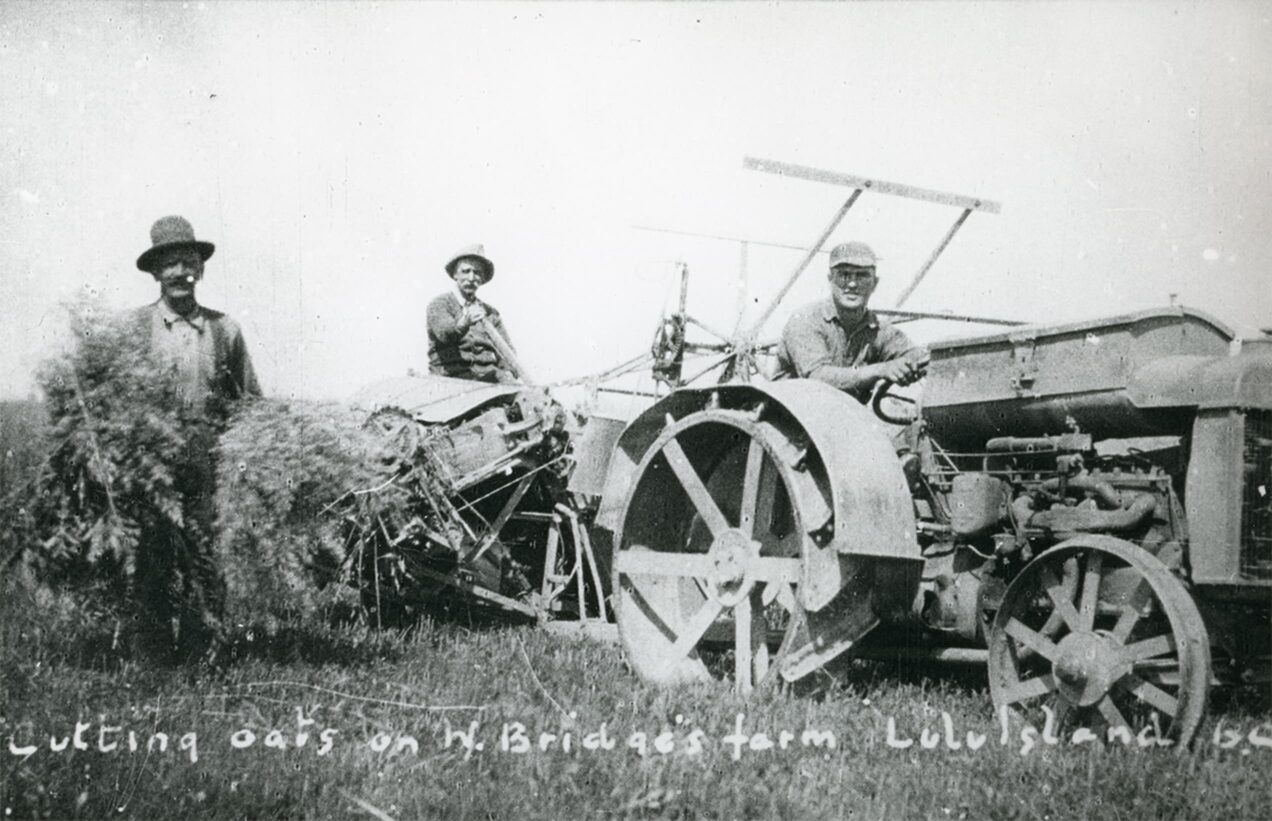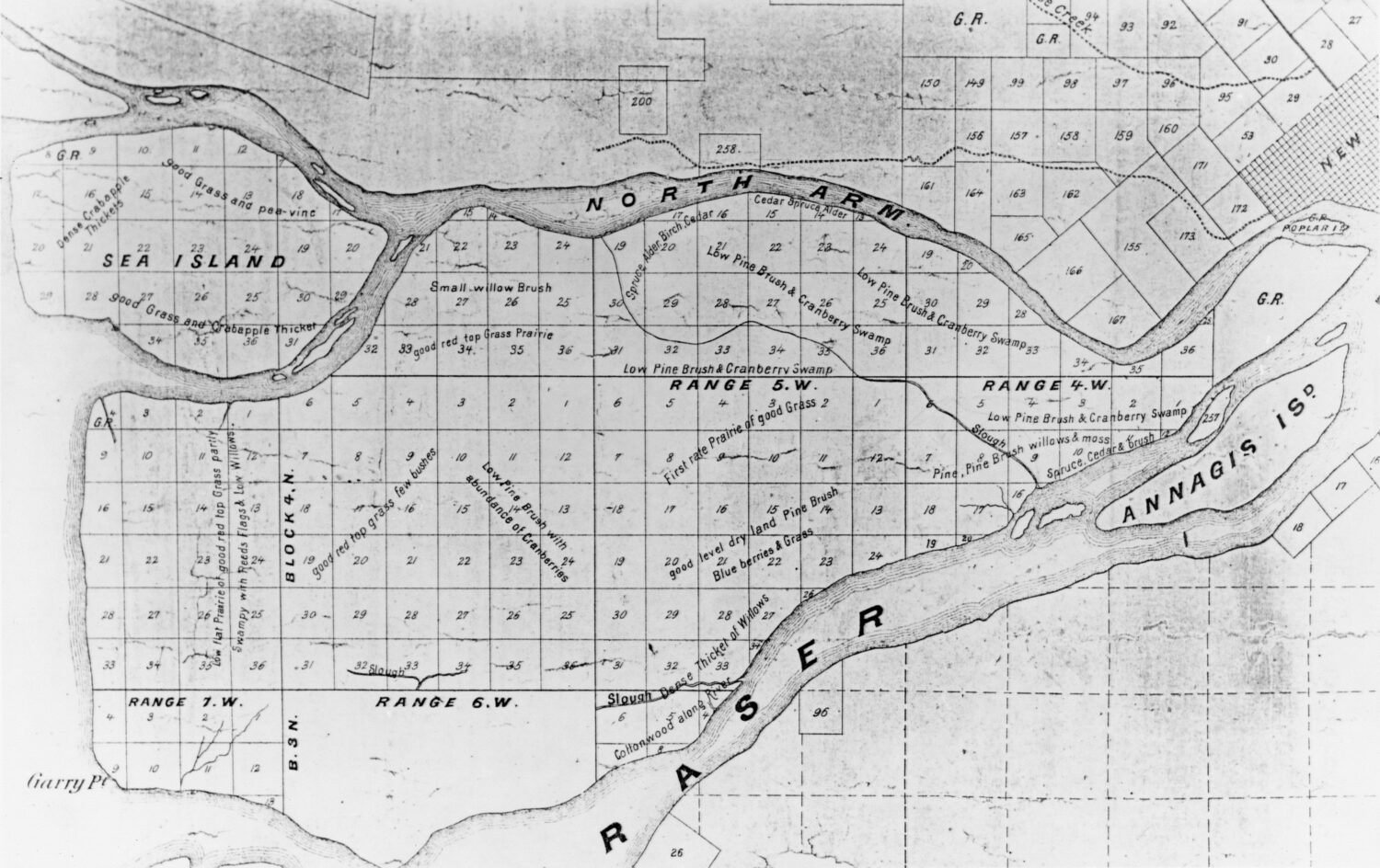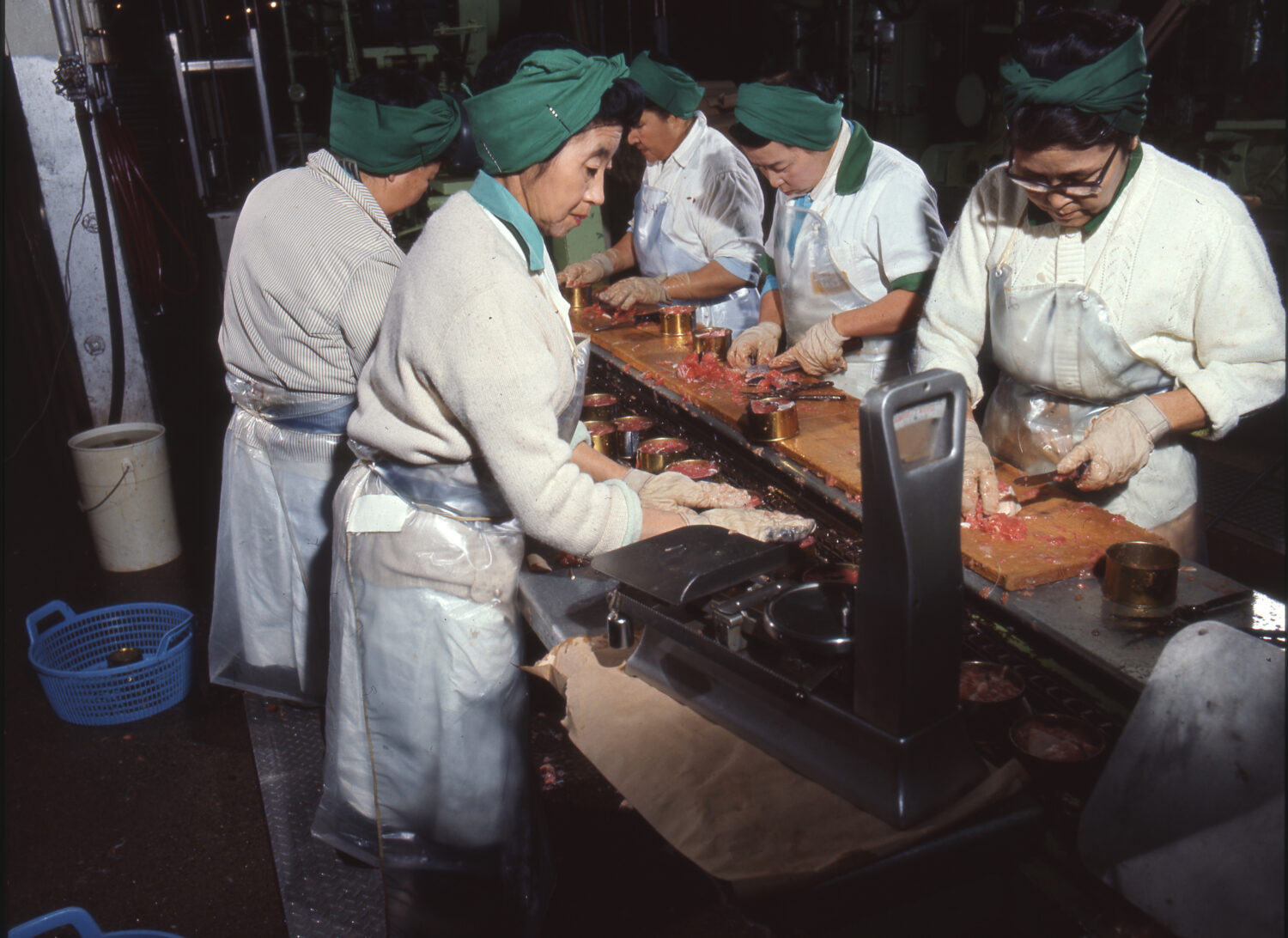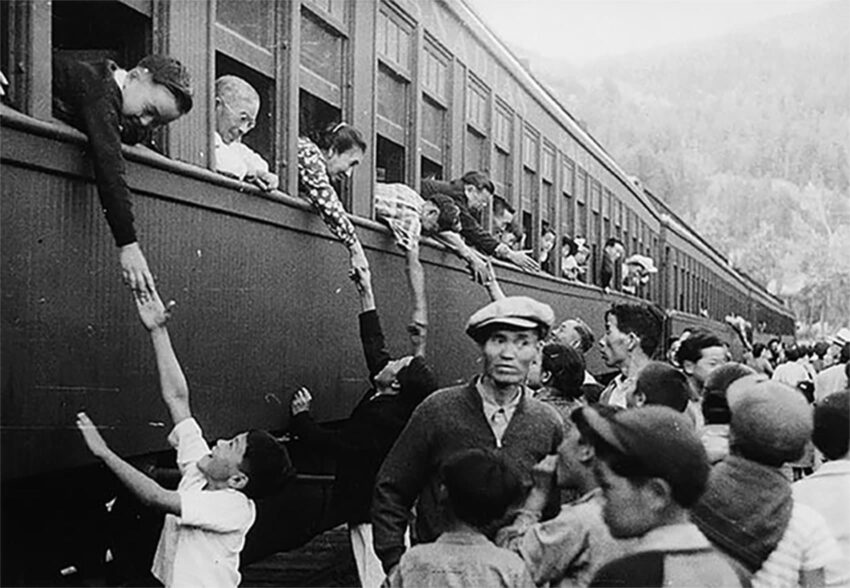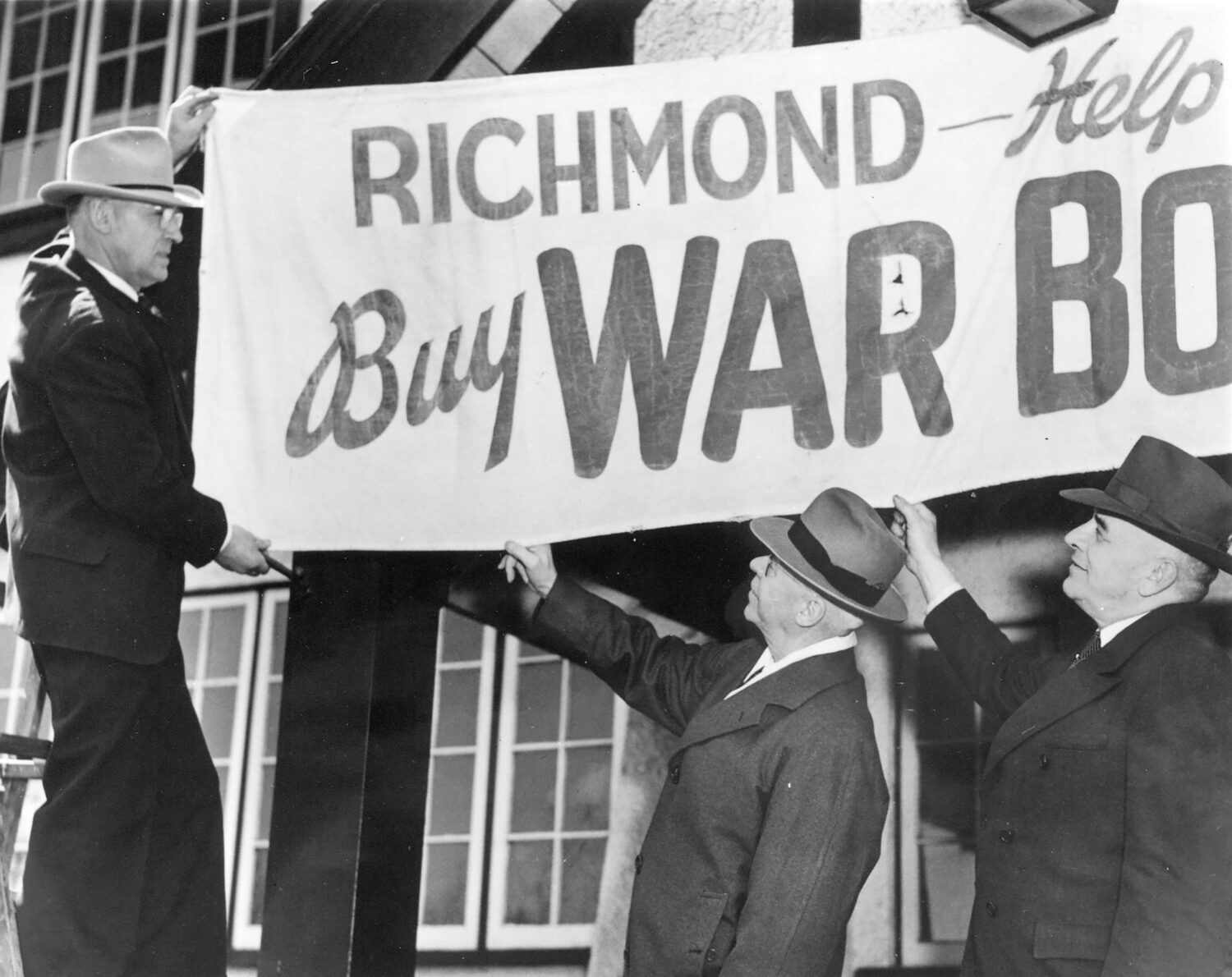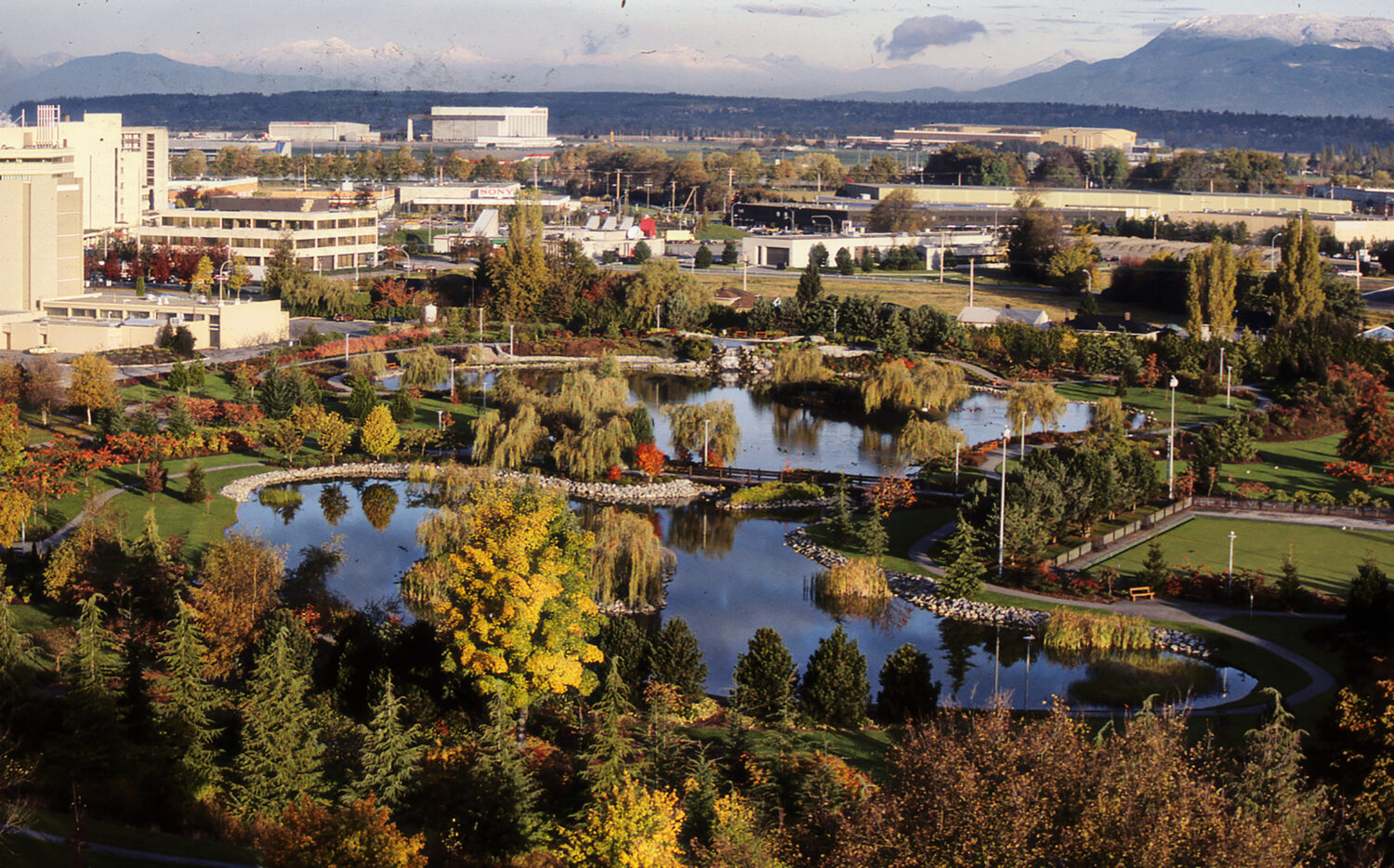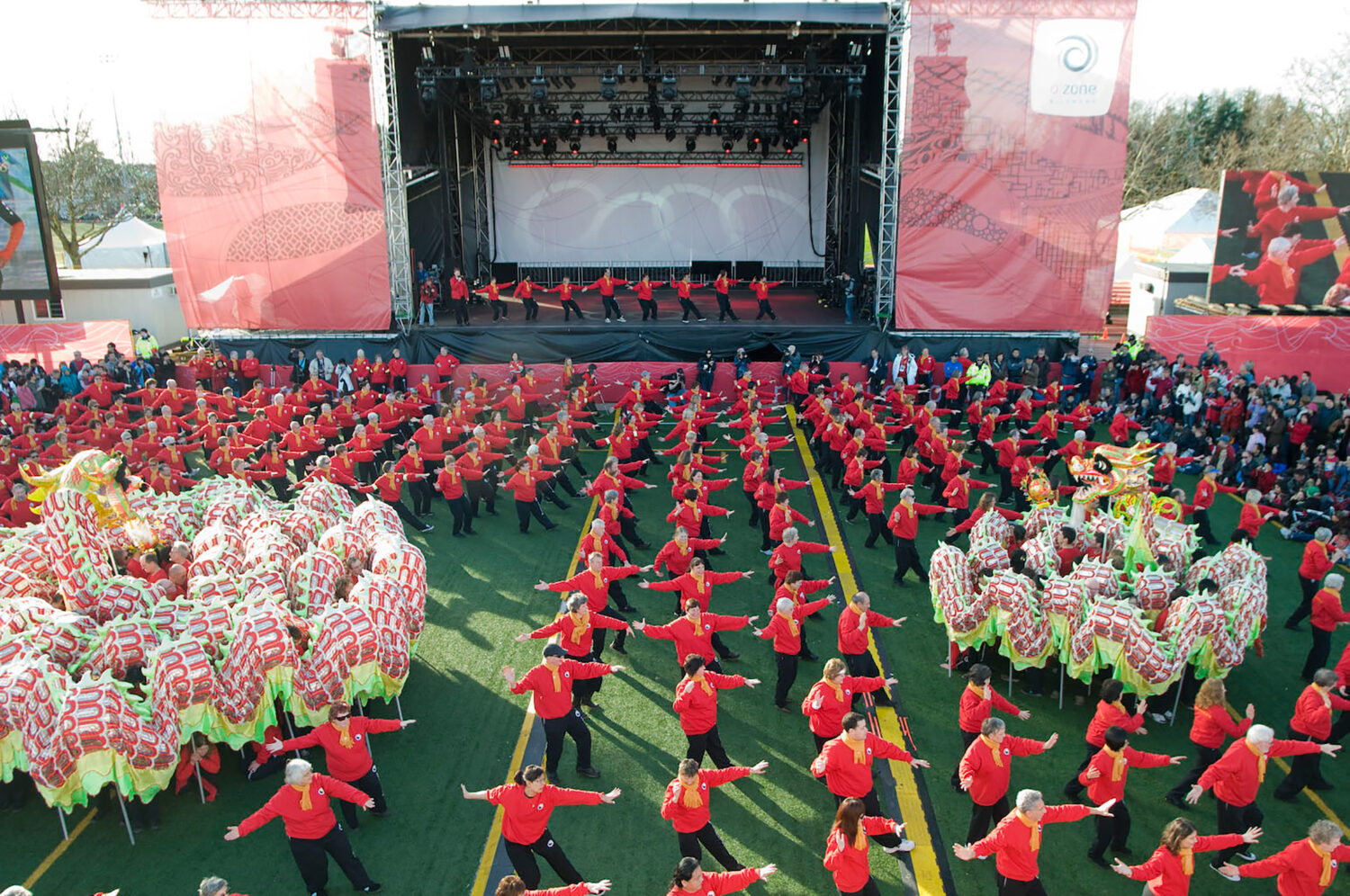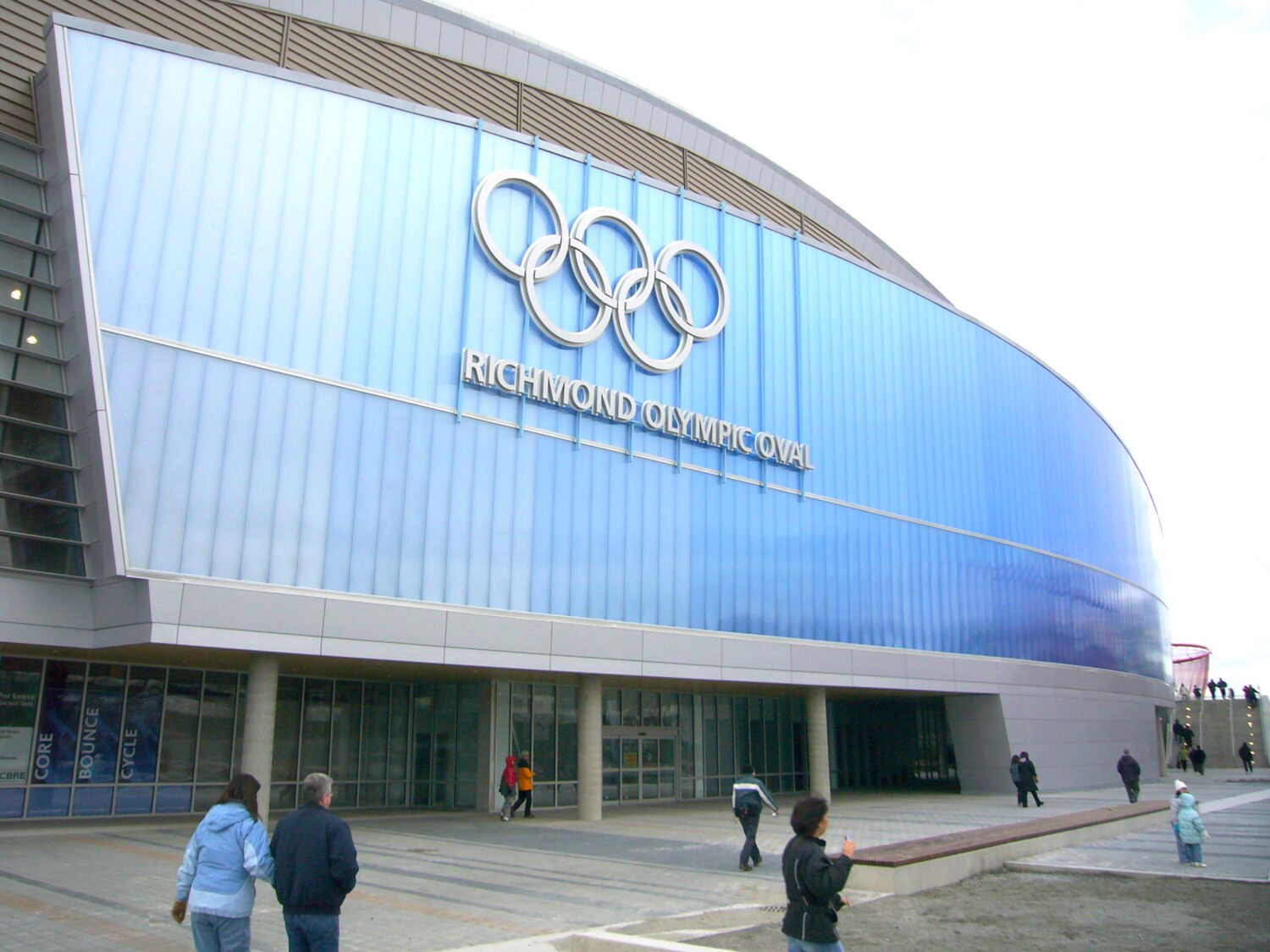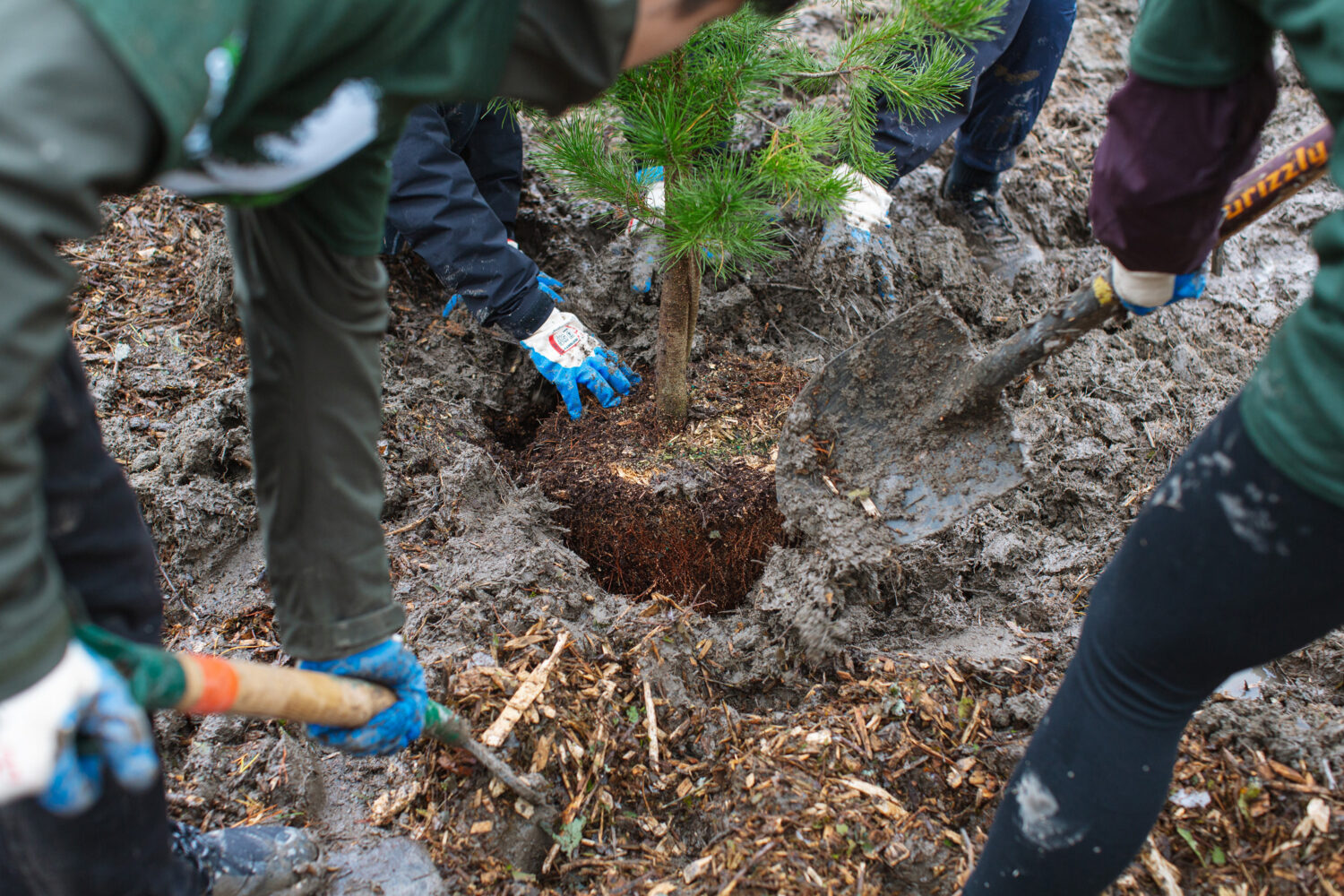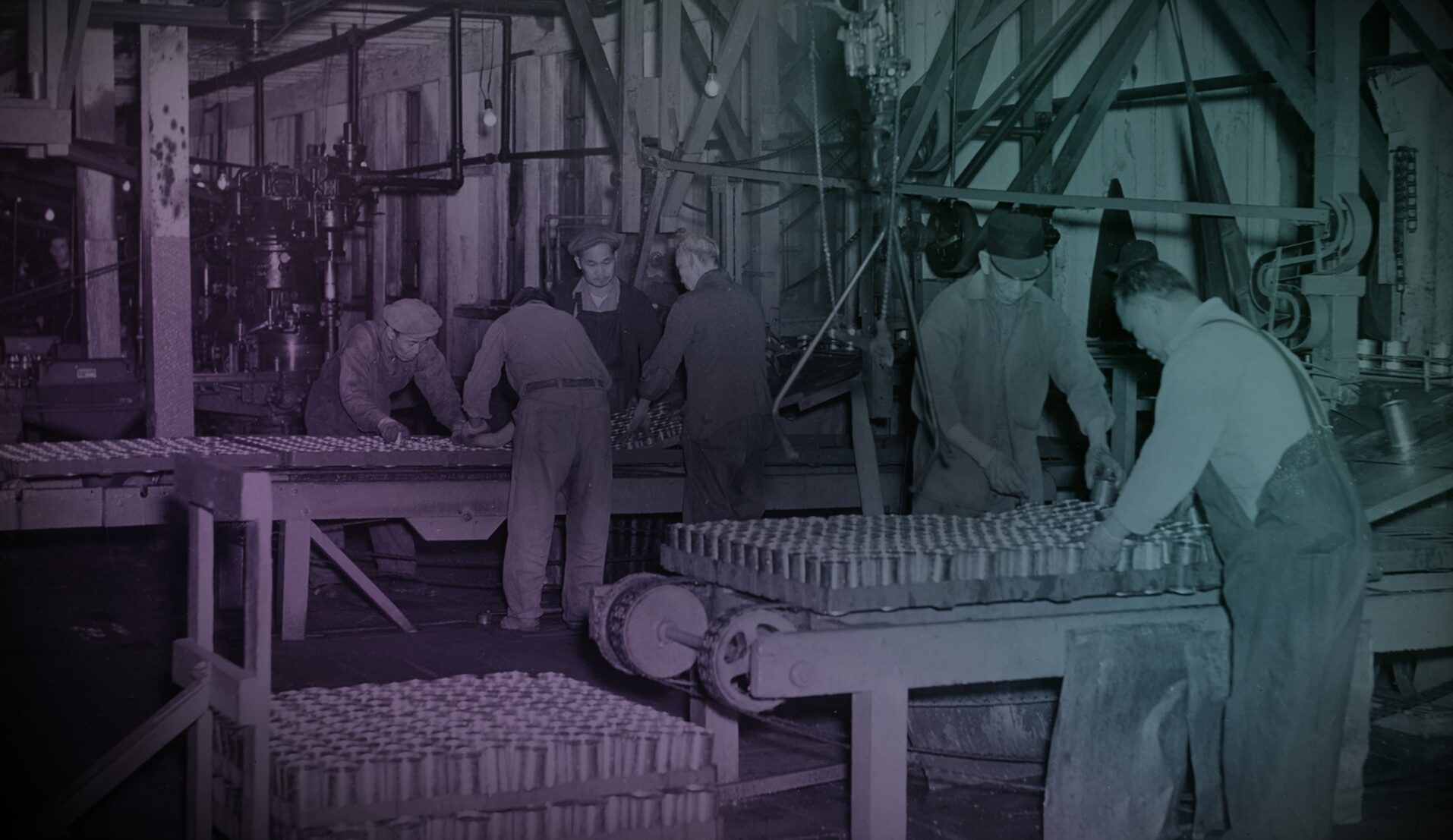
Turning Points
Explore some key points in our city’s past to discover how and why Richmond is unique.
Then test your history smarts in some fun pop-up quizzes.
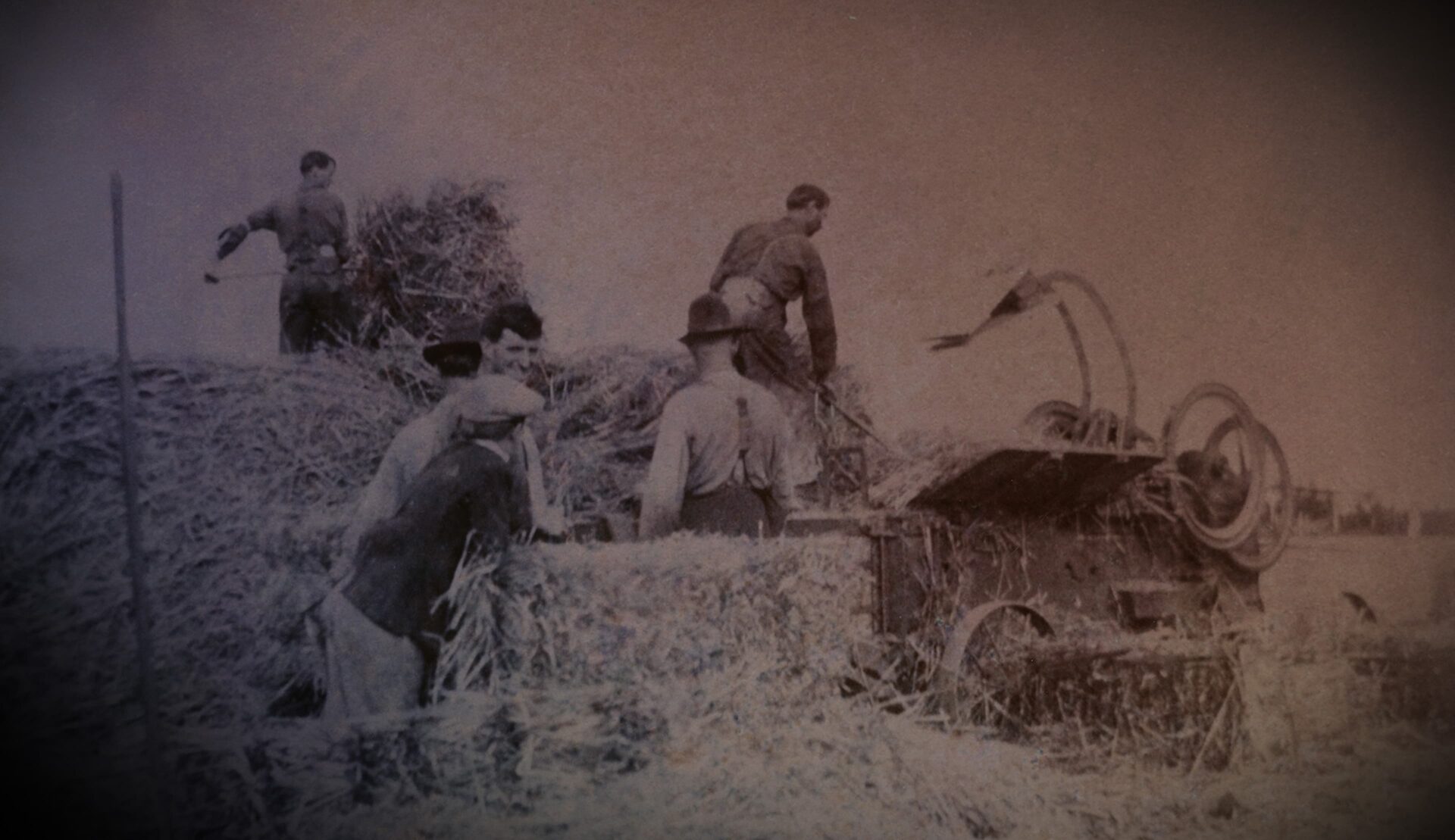
A Map Settles It
In 1859, the Royal Engineers survey Lulu and Sea Islands. They divide the lands into 160-acre blocks, which are then made available to homesteaders.
Early farmers soon start clearing the land. The area quickly becomes the Lower Mainland’s “breadbasket,” supplying nearby cities with vegetables, grains, dairy and beef.
You got it!
None of the above. An amendment to the Municipality Act of 1872 ensured that “no Chinese or Indians (sic) shall be entitled to vote at any Municipal Election for the election of a Mayor or Councillor.
Sorry! The correct answer:
None of the above. An amendment to the Municipality Act of 1872 ensured that “no Chinese or Indians (sic) shall be entitled to vote at any Municipal Election for the election of a Mayor or Councillor.
…. The ‘mudflatters’ step ashore at the little dock, walk towards the Boyd home; have their slippers in their overcoat pockets, leave their muddy boots on the verandah and then, all twenty-five of them [sic] gather in Mrs. Boyd’s dining room around the table
. . . the hot scones and the steaming coffee . . .
Then, the meeting over, they each say goodnight, going to the end of the small wharf untied their canoes and went to their homes up or down river.
Major James Matthews, Vancouver Archivist, describing early council meetings
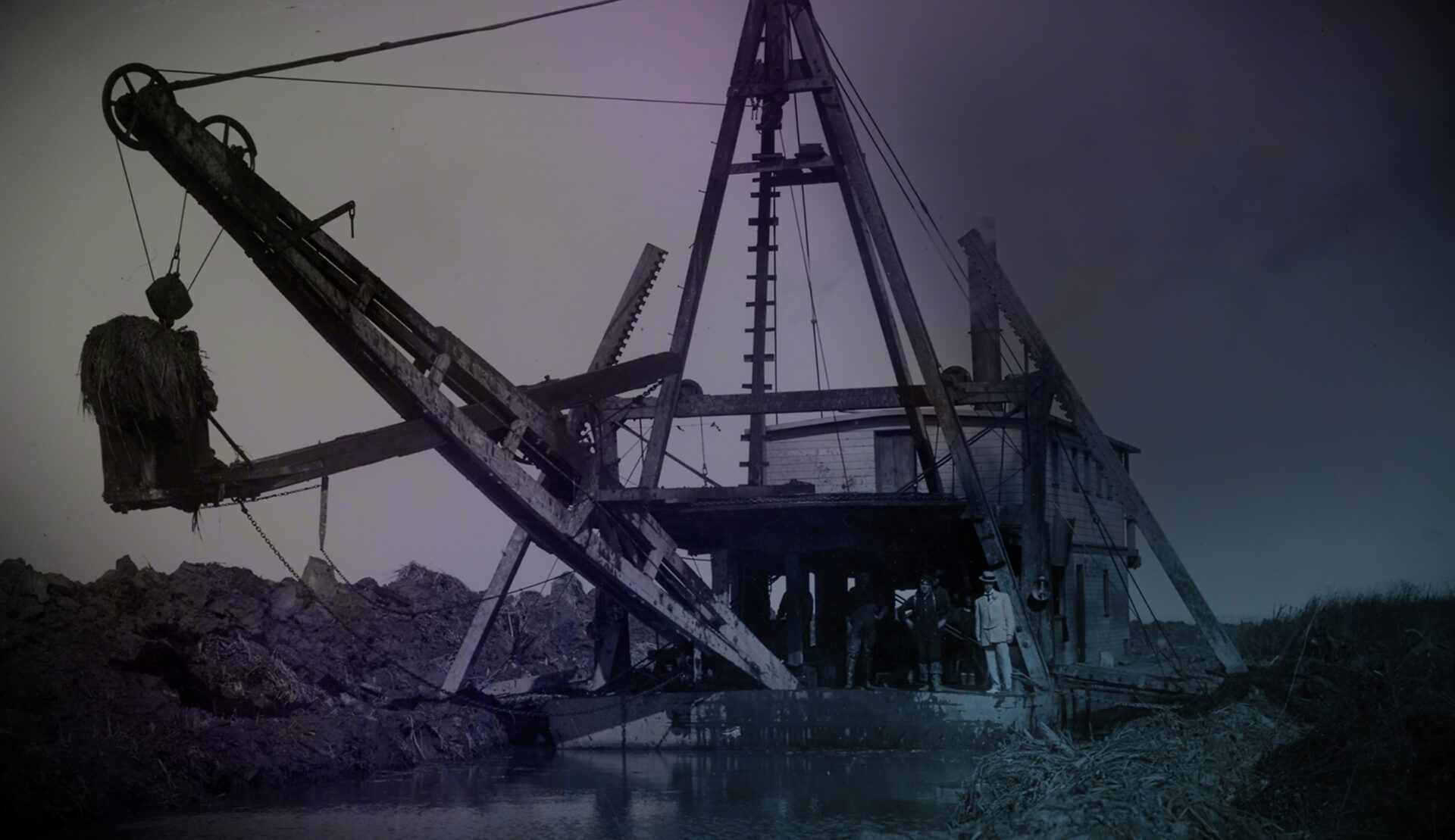
A Township
Locals petition the Lieutenant Governor-in-Council asking him to grant Richmond status as a municipality.
They are successful and the Corporation of the Township of Richmond is born in 1879.
The new township can levy taxes to pay for building and maintaining dikes, roads, bridges and providing other services.
Fun Fact
In 1897, the catch was described as an “embarrassment of fish.” The canneries could not keep up with the daily haul of salmon, so they threw the previous day’s unprocessed catch back into the river.
There was a quota on licenses for Japanese fishermen. I had been a Canadian citizen for almost twenty years. I took out Canadian citizen’s papers in 1914 because at that time they made requirements more difficult. But I still could not get a fishing license like white fishermen.
Ryuichi Yoshida
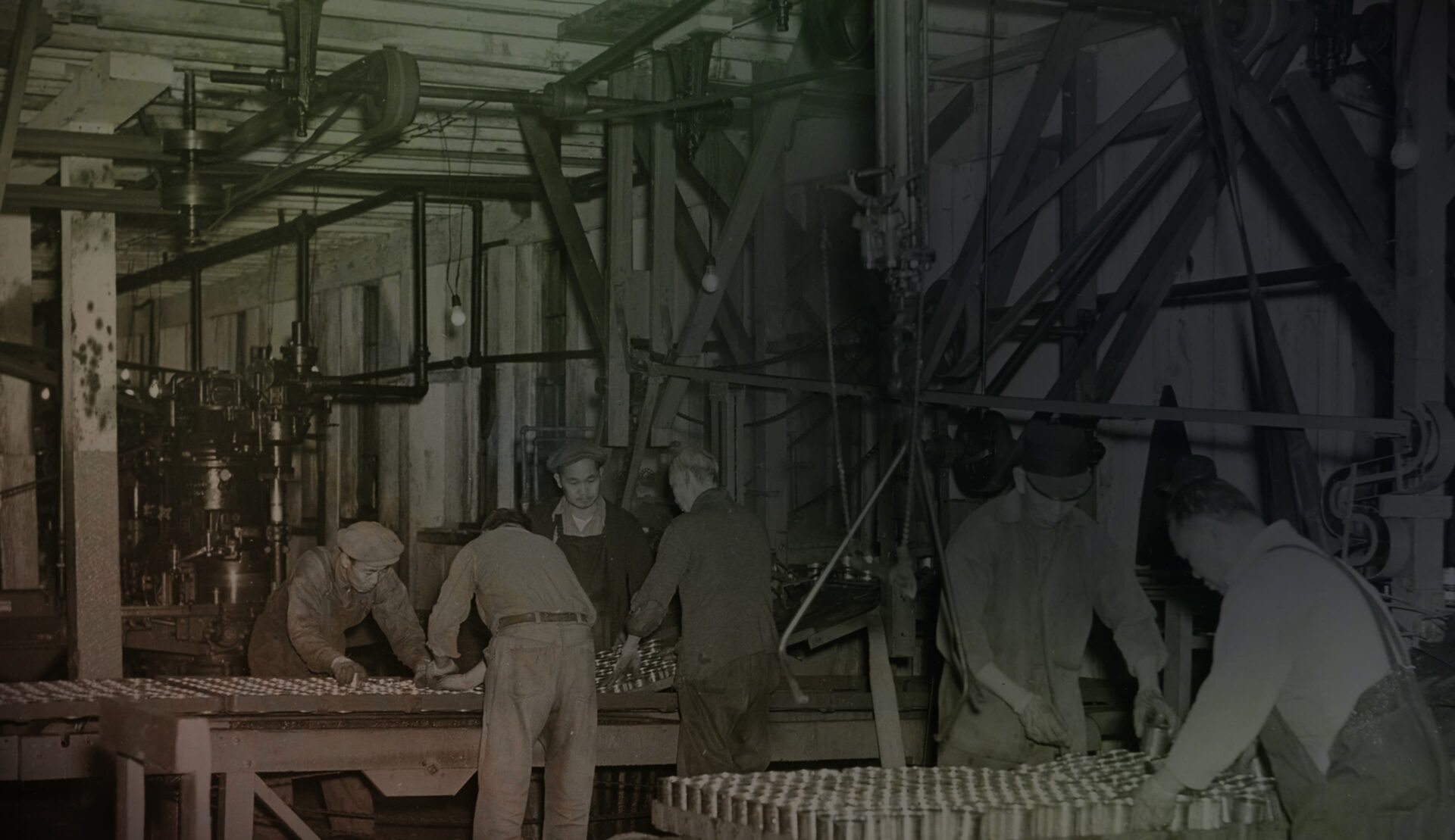
Salmonopolis
A fishing industry grows up on the banks of the Fraser River seemingly overnight.
The first commercial cannery opens in 1871. At the peak of the fishery, well over 30 canneries staffed by Indigenous, Japanese, Chinese and White Settlers run full throttle shipping canned salmon around the world. The last cannery closes in the 1990s.
Did You Know?
In 1940, everyone in Canada, age 16 or over, was required to register with the federal government, providing their age, family, work history, national and racial origins, and other personal information. Government authorities then directed each person to work in the military, war production, or in the maintenance of services allowing life in the nation to continue.
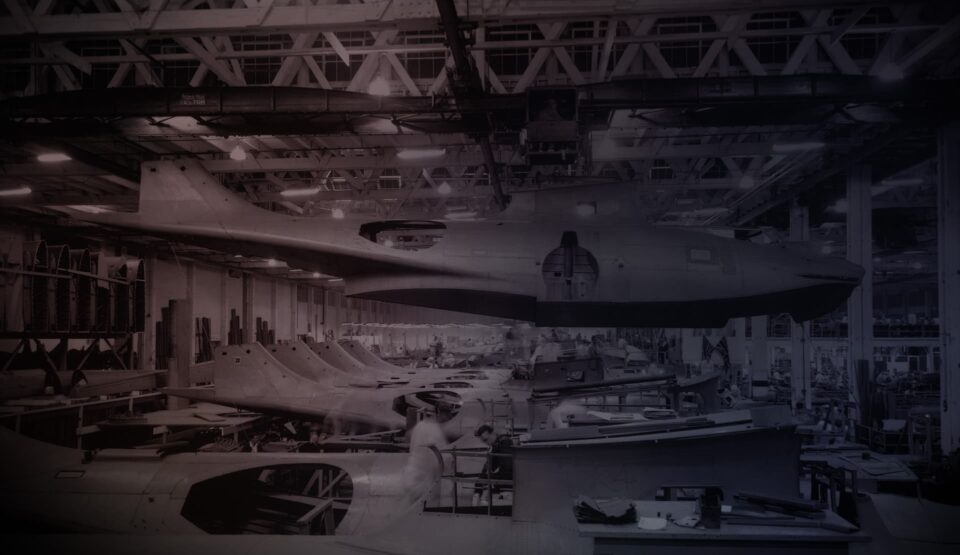
Second World War
Steveston loses 80 percent of its population in 1942 when the federal government interns 2,000 Japanese Canadians.
Burkeville is built to provide 300 houses for workers at the nearby Boeing Canada Aircraft factory, which is building warplanes. At its peak in 1945, the plant employs 7,000 workers, many of them women.
Good Job!
All of the above. By 1955, 35 subdivision projects were underway, ranging from 12 to 1400 homes, and new businesses and industries were being attracted to the city.
Nice try! The correct answer:
All of the above. By 1955, 35 subdivision projects were underway, ranging from 12 to 1400 homes, and new businesses and industries were being attracted to the city.
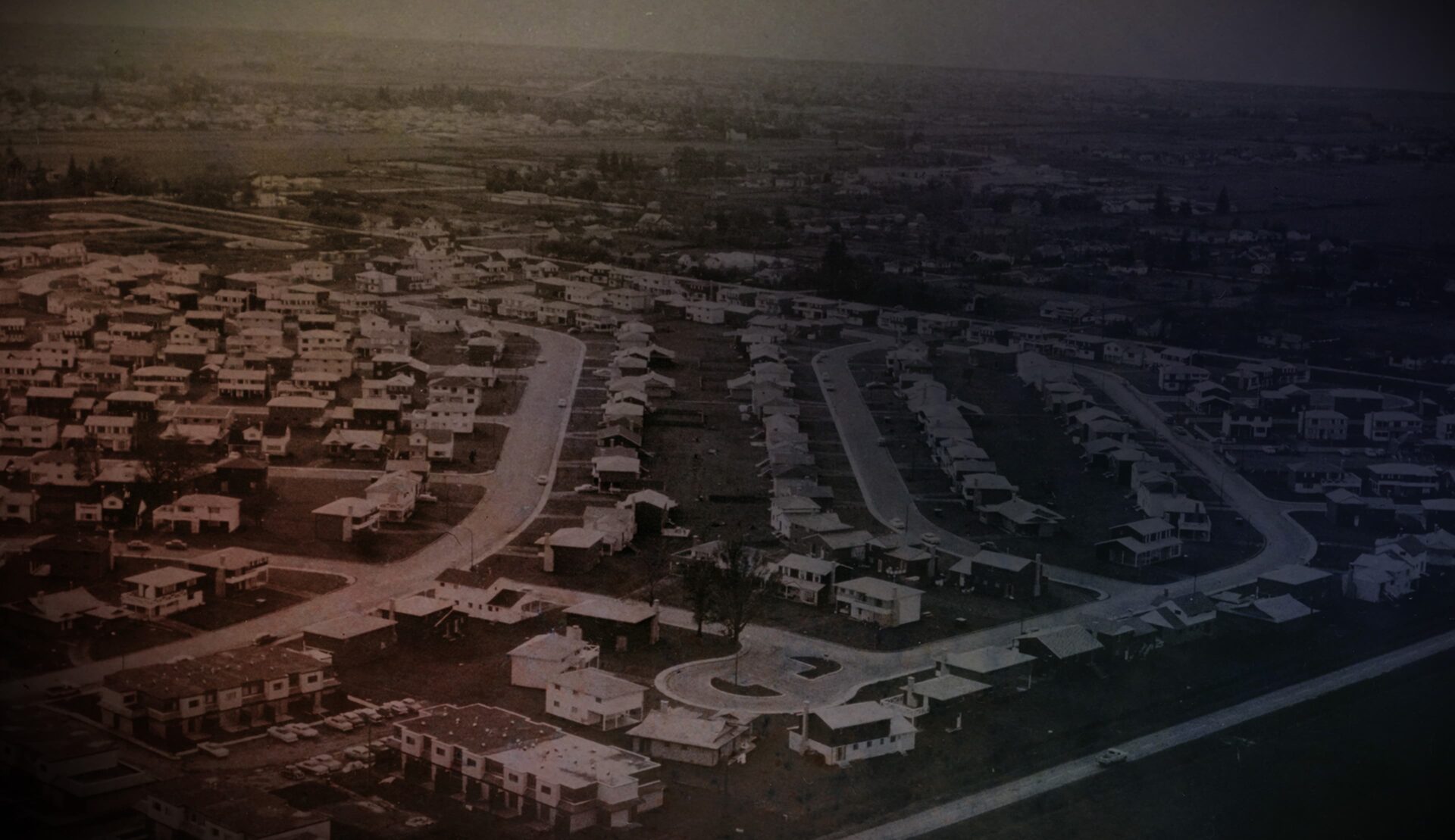
Town Planning
Urban planning takes a leap forward in 1949 when Richmond passes its first zoning bylaw.
The bylaw creates districts for business, commercial, industrial, rural, and family dwellings. It also creates regulations for the location, use and height of buildings, and the size of yards and open spaces. Richmond is transformed.
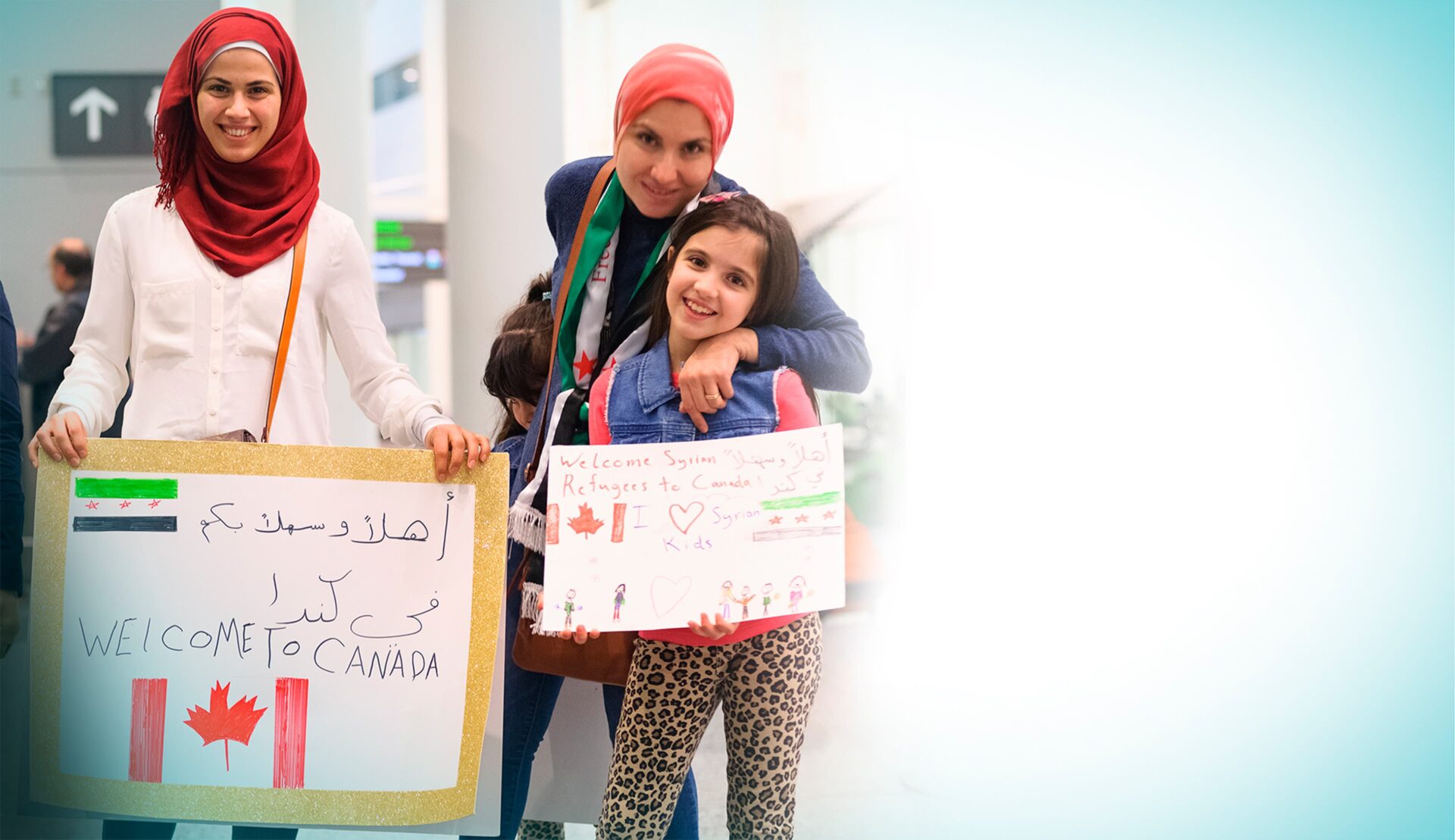
New Canadians
New waves of immigration start after Canada’s immigration rules change in 1967.
Immigration from Hong Kong grows in the 1980s and 1990s. Migration from China, the Philippines, India and other Asian countries accelerates in the following decades.
Today, the majority of Richmond’s residents are of Chinese descent, but the city is home to close to 150 different ethnic roups.
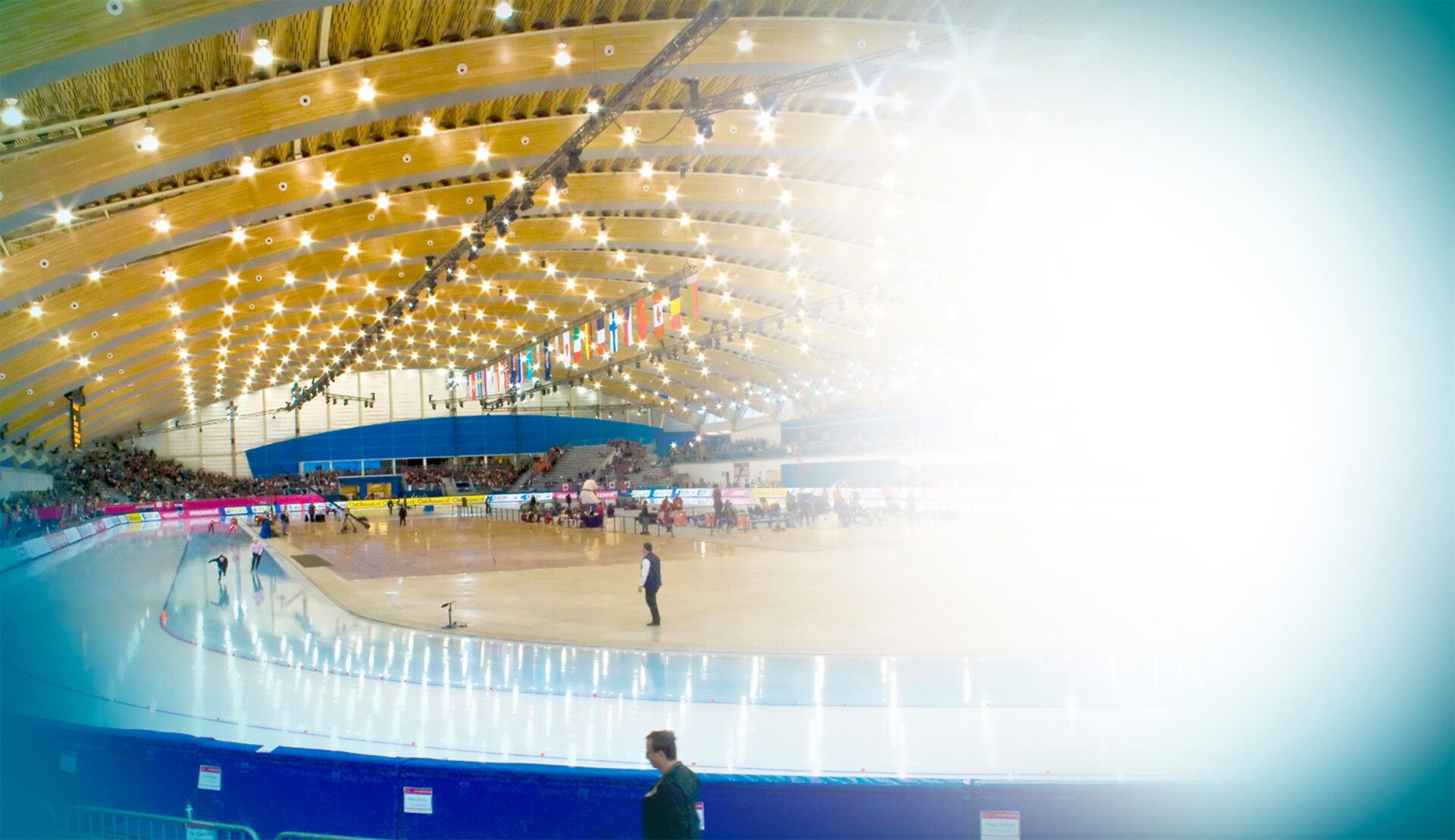
2010 Winter
Olympics
More than 1,000 volunteers share the best of the Richmond during the 2010 Olympic Winter Games.
Richmond hosts fiercely contested long-track speed skating events in the newly constructed Richmond Olympic Oval while the Richmond OZone comes alive with non-stop cultural celebrations.
Richmond’s Olympic legacy lives on in sport facilities, a boost in tourism – and great memories.
True or False
Richmond has installed a condo for up to 3,000 bats in Terra Nova.
True is correct!
The City of Richmond has officially been designated the first certified Bat Friendly Community in Metro Vancouver.
Oops! It’s true!
The City of Richmond has officially been designated the first certified Bat Friendly Community in Metro Vancouver.
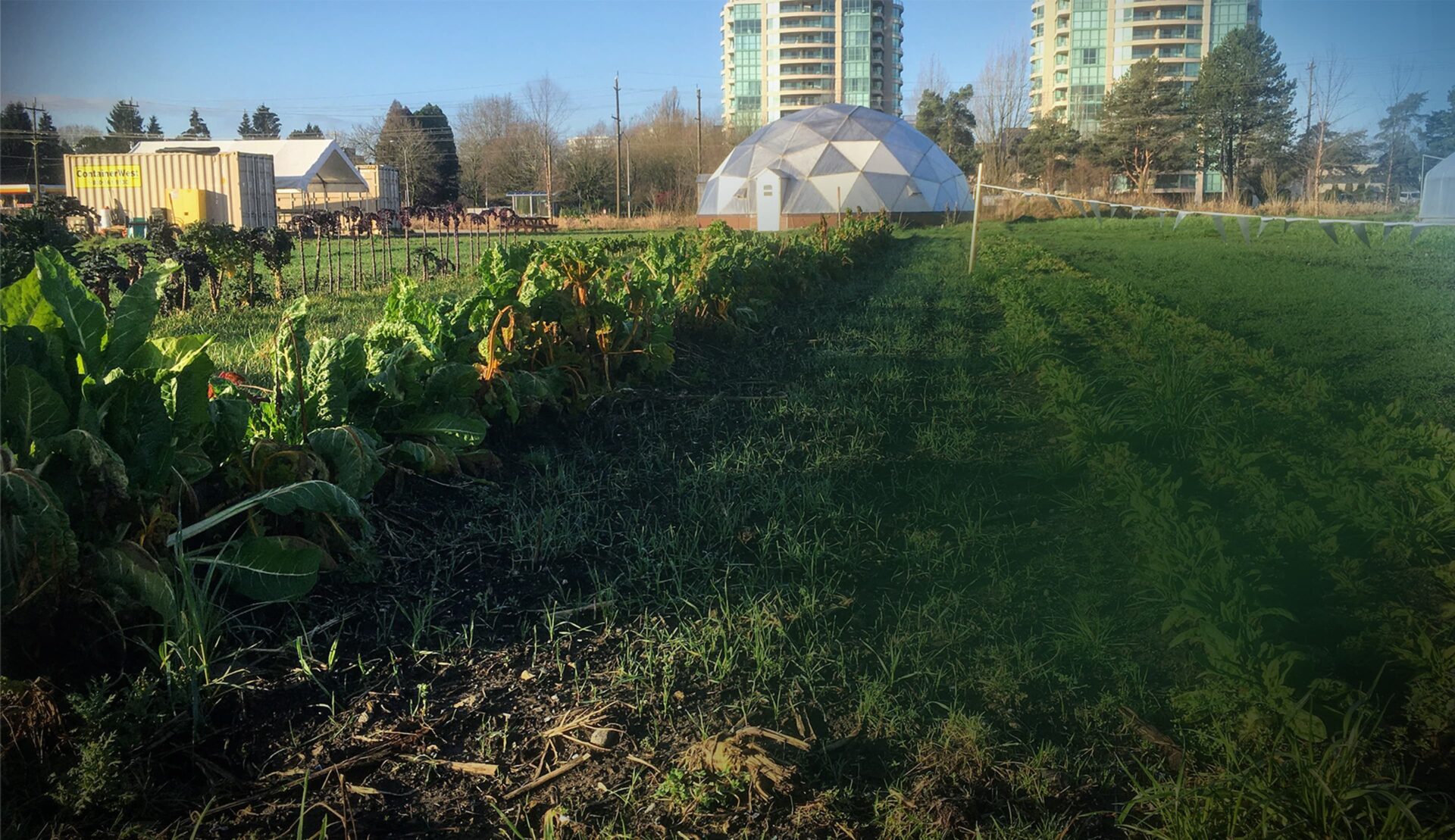
Sustainable City
Bike routes, transit, geothermal heating and cooling and other sustainable options are growing by the day.
The urban forest is also growing with more trees being planted each year to create a larger tree canopy.
Pollinator pastures, meadows and trails for bees and butterflies are popping up around the city.
